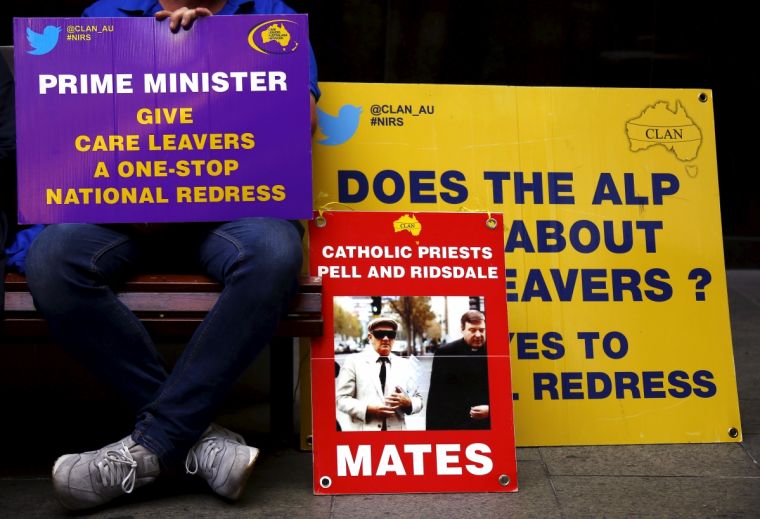Child Sex Abuse in Non-christian Religions: Why We Need to Know More
By Ruth Gledhill
More research is needed into child sex abuse in other faiths besides Christianity, a new report says. Nearly all the academic research that has been done into child sex abuse in an institutional setting has been based on Catholic abusers, with some also done on Anglican abusers. But there has been little research into abuse by ministers of others faiths, or in non-Christian or non-religious settings. A report commissioned by the Australian commission investigating institutional child sex abuse says: "The largest body of research from institutional contexts is based on child sexual abuse by clergy, and the majority of this research concerns Roman Catholic clergy. "Although the research base in this area is sufficient to provide information about patterns of abuse and to allow some comparisons with literature based on perpetrators in general, there is little literature based on or including other religious denominations and almost no literature based on religious non-Christian institutional settings. "There is a need for additional research based on perpetrators in non-Roman Catholic or non-Christian religious settings." Australia's Royal Commission into Institutional Response to Child Sexual Abuse, set up in 2013, commissioned the report from academics at Adelaide University to look into the "characteristics, motivations and offending behaviour" of child sex abusers. The aim was to aid understanding of offenders and help draw up strategies to help prevent such abuse in the future. More than nine in 10 child sex abusers are male. Both men and women who sexually abuse children have often been abused themselves when they were children. They often suffered emotional abuse and neglect as children as well, including being exposed to violent pornography. Most victims of clergy sex abuse are teenage boys, while most of those abused in educational settings in general are young girls, the report says. Education is another area where more work is urgent. The report says: "In educational settings, available research findings indicate the existence of sexual abuse by female perpetrators and by child or adolescent peers as well as abuse by male perpetrators. "These findings suggest that further research is needed regarding sexual abuse by peers as well as abuse by female professionals, given the large number of female professionals present in educational settings." The report found evidence that child sexual offenders report problems in loneliness, intimacy skills and social skills. Regarding Catholic priest abusers, it says: "Those priests who had themselves experienced childhood sexual abuse engaged in sexually abusive behaviour for longer durations, engaged in abuse earlier in their ordained careers, had more male victims and victimised slightly older adolescents. They were also more likely to have exclusively male victims and to have substance abuse problems." The report concludes: "There is a relatively small amount of literature concerning child sexual abusers in institutional settings, with the exception of the Roman Catholic Church. There is a need for considerably more research concerning child sexual abuse in institutional settings." It adds: "In seeking to understand what is known about the characteristics of perpetrators, this review does not diminish or find justification for perpetrator behaviour; there is no justification for child sexual abuse."
|
.
Any original material on these pages is copyright © BishopAccountability.org 2004. Reproduce freely with attribution.
